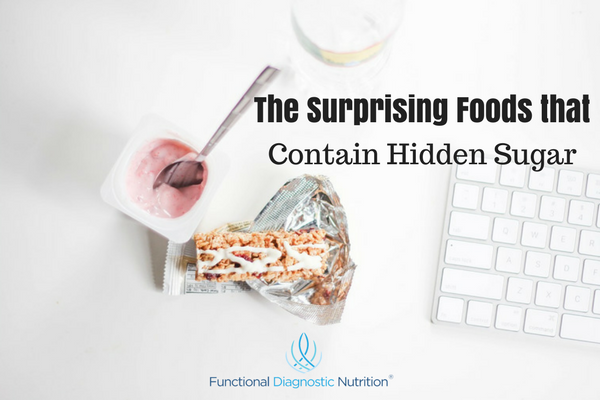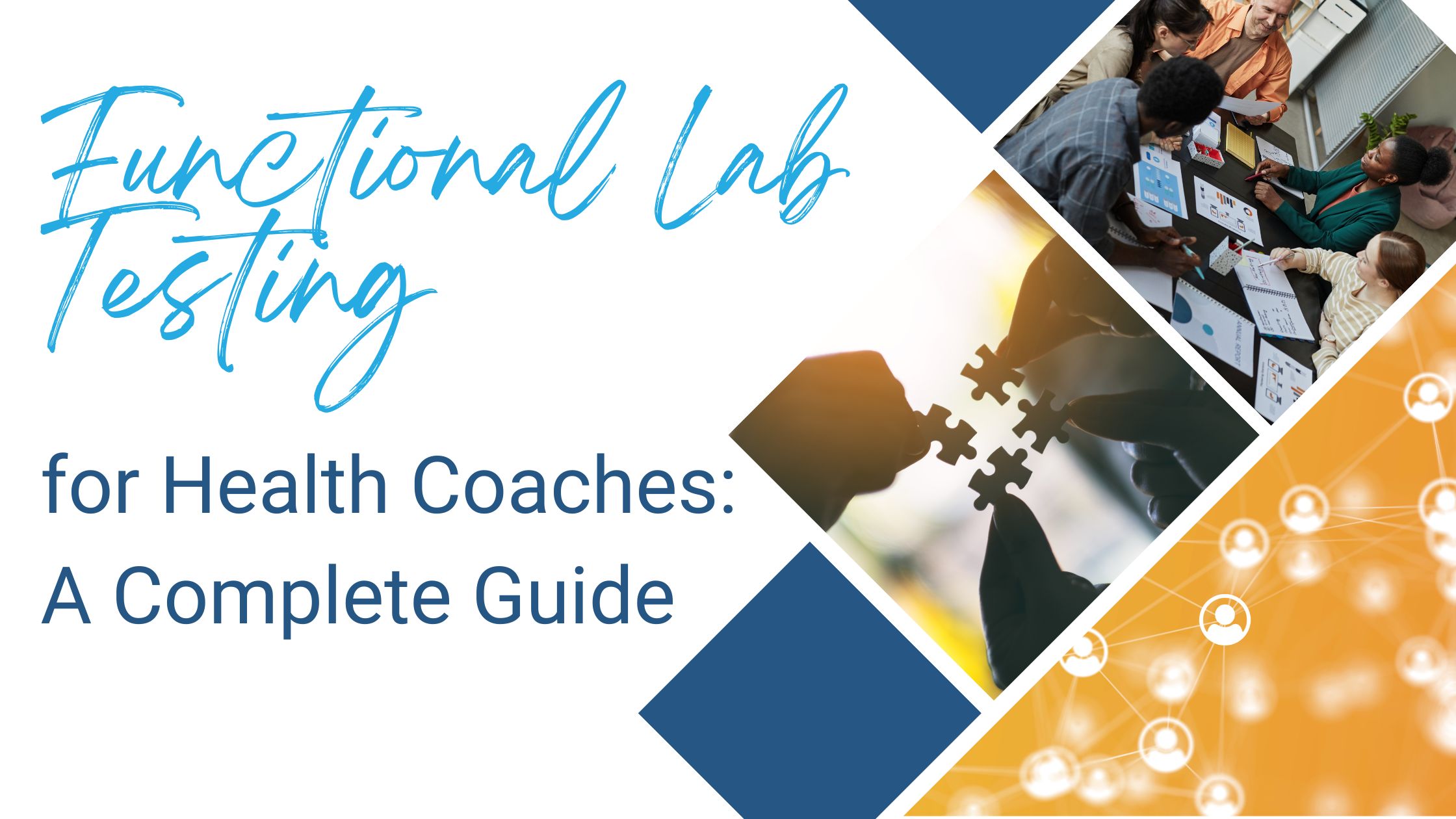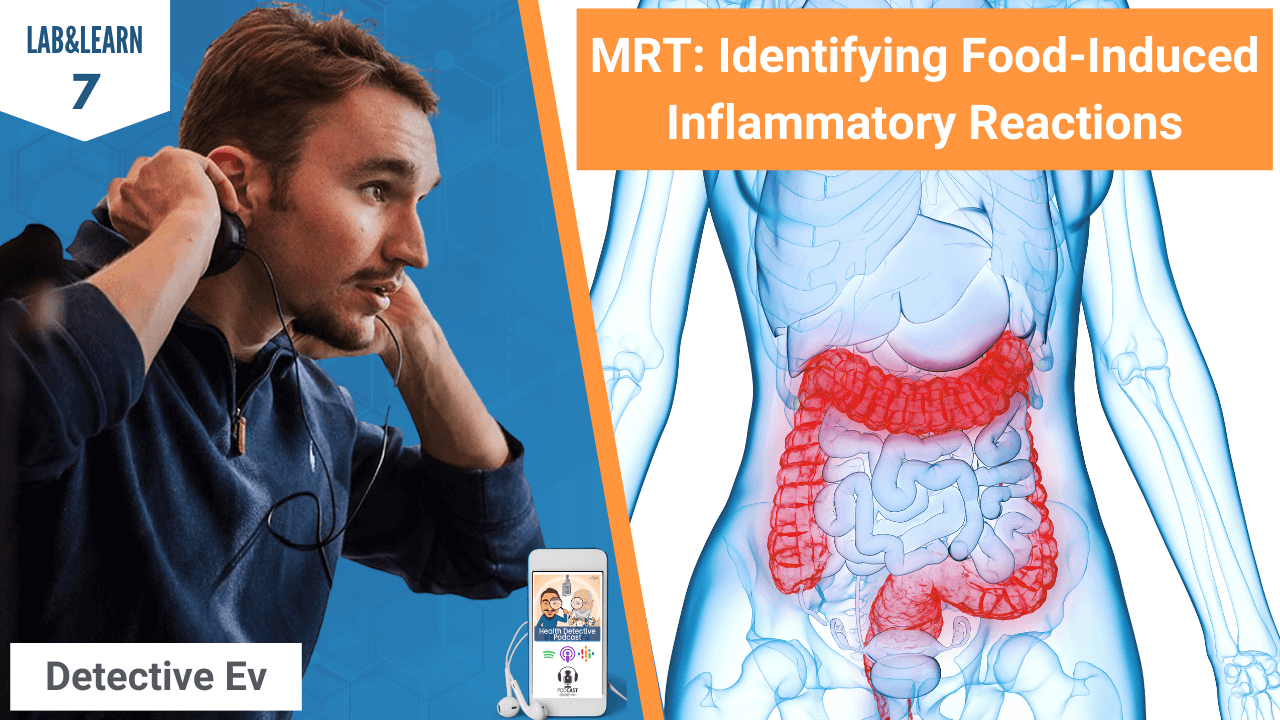One of the elements of the FDN D.R.E.S.S for Health Success® protocol is changing to a healthier way of eating. This is particularly important for those people who have been eating the standard Western diet filled with factory processed foods that are filled with chemical additives, artificial coloring, hidden sugar and more. One element of the diet that needs to change is how much sugar is being consumed.
Consuming large amounts of sugar regularly can lead to heath issues such as:
- Inflammation throughout the body.
- Blood sugar spikes and crashes
- Headaches
- Mood swings, depression and anxiety
- Increased cravings for more sugar and highly refined carbohydrates
- fatigue and brain fog.
- Increased risk of type 2 Diabetes
- Increased risk of heart disease
- Higher risk of obesity
- Lowered immune system
- Increased stress
- Nutrient deficiencies
- Behavioral problems
In the US alone, people eat more than 20 teaspoonfuls of sugar a day. But much of the excess of sugar that is consumed is hidden in foods where you wouldn’t normally expect to find sugar. Learning to label read products is important, because even “natural” and “organic” products may contain added sugar.
Current recommendations are that you do not eat above 6 teaspoons of added sugar (25 grams) a day. If you have blood sugar issues, or Diabetes, then it is even more important to limit the amount of sugar eaten. First you need to know what to look for. Added sugars have various other names that you need to be aware of!
Some of the different names for hidden sugar are:
Brown sugar, cane crystals, cane sugar, corn sweetener, corn syrup, corn syrup solids, dextrose, evaporated cane juice, fructose sweetener, fruit juice concentrates, high-fructose corn syrup, honey, liquid fructose, malt syrup, maple syrup, molasses, raw sugar, sugar, syrup, fructose, lactose, maltose, carbitol, concentrated fruit juice, maltodextrin, malted barley, malts, nectars, pentose, raisin syrup, ribose rice syrup, rice malt, rice syrup solids, sorghum, turbinado sugar, molasses, blackstrap molasses. Florida crystals, fruit juice.
Did you know that there were this many types of added sugars? There are!
The most common places where added sugar is found are soft drinks, energy drinks, coffee drinks, candy, desserts such as cakes, pies and pastries, sweetened beverages such as iced tea or artificial fruit juices and dairy desserts such as ice cream.
It will not come a surprise for most people that there is sugar in these items. But different forms of added sugar can be found in literally thousands of unexpected products on the market that don’t fall into these categories. And often, products contain more than one type of sugar. And added sugar is often hidden in products that are considered “healthy” as well.
The top places sugar is hidden
Yogurt
Most fruit yogurts contain added sugar, and some contain as much as 36 grams of additional sugar and are higher in sugar than some ice cream brands. Even many organic brands contain added sugars. If you eat yogurt or kefir, it is better to choose plain varieties and add your own fresh fruit to be sure you are not getting any hidden sugar.
Protein bars, granola bars and meal replacement bars
These products tend to be a common place to find added sugars. Read labels and become familiar with brands that contain no added sugars. Or, if you really want to understand what is in your bars, make them at home!
Nut butters
Nut butters are popular, but there are many that contain added sugar. Reading labels is your best bet with nut butters. There are plenty of great, organic brands that do not add sugar, so look for a nut butter that contains only ground nuts and nothing else.
Salad dressings
You wouldn’t sprinkle a few teaspoons of sugar on your salad, but you might be getting that much if you use store bought salad dressings. Once, again reading labels is important and the amount of hidden sugar in these products can be eye opening! Making homemade salad dressing is quick and easy….and you know what is going into it!
Spaghetti sauce
Jarred sauces often contain as much as 2-3 teaspoons per ½ cup of sauce. If you are going to use jarred sauce, read labels. Many organic brands do not contain added sugar. If you are concerned about added sugar, make your own sauce!
Condiments
Popular condiments like ketchup, barbeque sauce and mayonnaise are often full of added sugars.
“No sugar added” products
The label may say that there has been no sugar added, but that isn’t always true. If they have used fruit juice to sweeten the product, then they have added additional sugar. It’s a sneaky tactic used by food companies, but it is a common practice.
Non-dairy milk
Many non-dairy milks, such as almond and cashew milk may contain added sugar. There are brands that do not, so opt for one of those brands, or make it yourself.
Juice
While many people think that juice is healthy, it is high in natural sugar. It can take five or six oranges to make one cup of orange juice. You are much better off eating the whole fruit which is rich in fiber instead of drinking the juice.
Beef jerky
Jerky is a popular treat for those who eat low carb and Paleo. But many brands of beef jerky are loaded with extra added sugar. Be sure to read the label to make sure you aren’t consuming a brand that is high in added sugars.
It is important to be an informed consumer and know what is in the foods you are putting into your body. Making label reading a habit is a good idea when you are trying to heal your body. You need to avoid the things that are preventing you from feeling better!
You always have the option of making these foods from scratch! Many of them are quick and simple to make, and you know exactly what ingredients you are using!







